The First Muscle Car: Pontiac GTO Through the Years
In 1964, a group of passionate and slightly rebellious men at General Motors' Pontiac Motor Division led by John Z. Delorean built a car that not only launched an entirely new market, but also started an automotive revolution. The car was the Pontiac GTO, and it quickly became a thing of legend. The GTO is the car that's widely credited as the first true American muscle car, and it was built with a formula that hot rodders and racers had already been using for decades — a bigger engine in a lighter car.
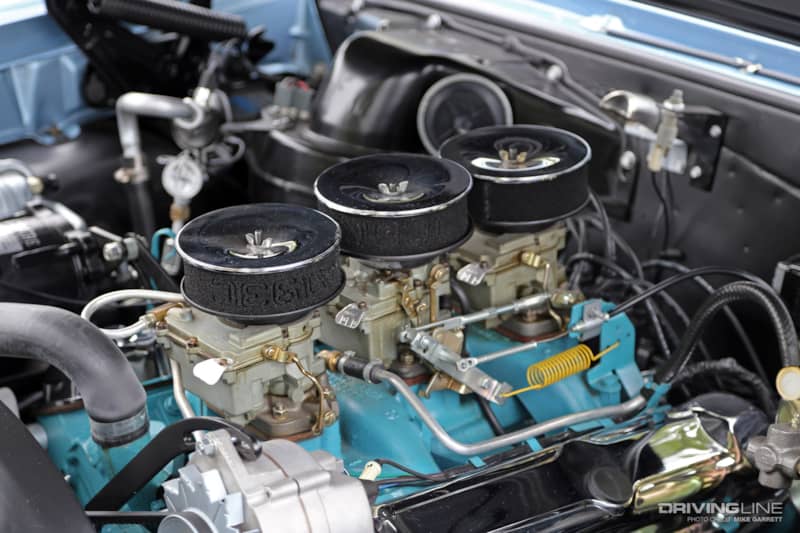
At the time General Motors had a rule that didn't allow engines over 330 cubic inches in midsize cars, but that didn't stop the Pontiac guys from building a few test mules based on the new 1964 Tempest. The subterfuge was made easier by the fact that all Pontiac V8s had the same dimensions and fitment regardless of their displacement.
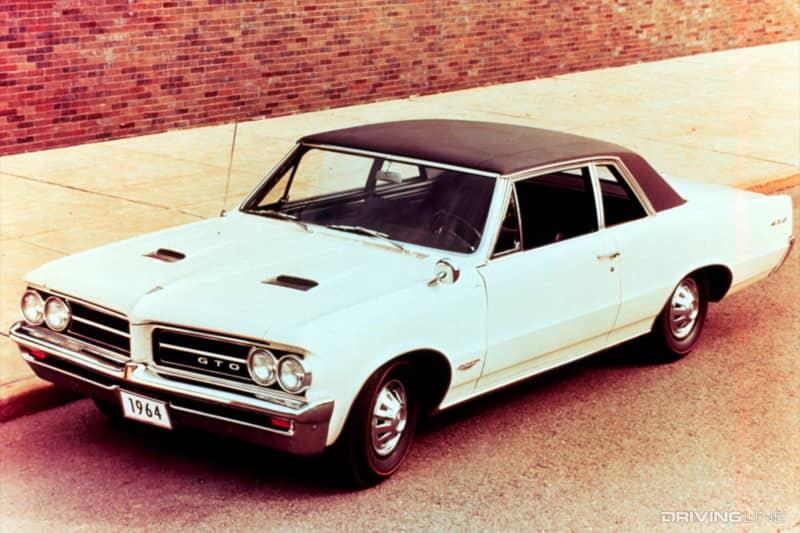
Stuffed with the larger 389 cubic inch V8 from Pontiac's full size line, the guys knew they had something special on their hands. Eventually they got the go-ahead to produce the GTO — starting out as an option box on the standard Tempest rather than its own model.
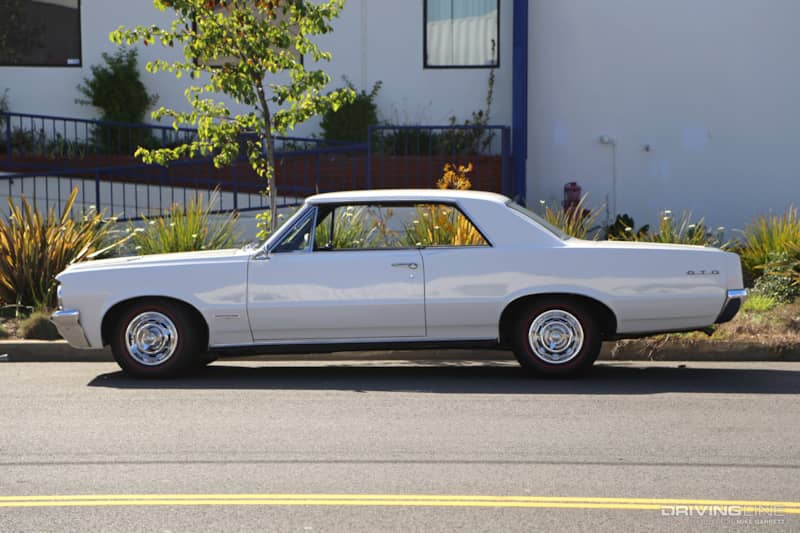
Driven partly by its performance and partly because of a very effective marketing campaign, the GTO quickly become a sales success, and thus launched the journey of one of America's most iconic automobiles. Soon, other brands — both from within General Motors and all across Detroit — wanted to get in on the action, and the muscle car era was born.
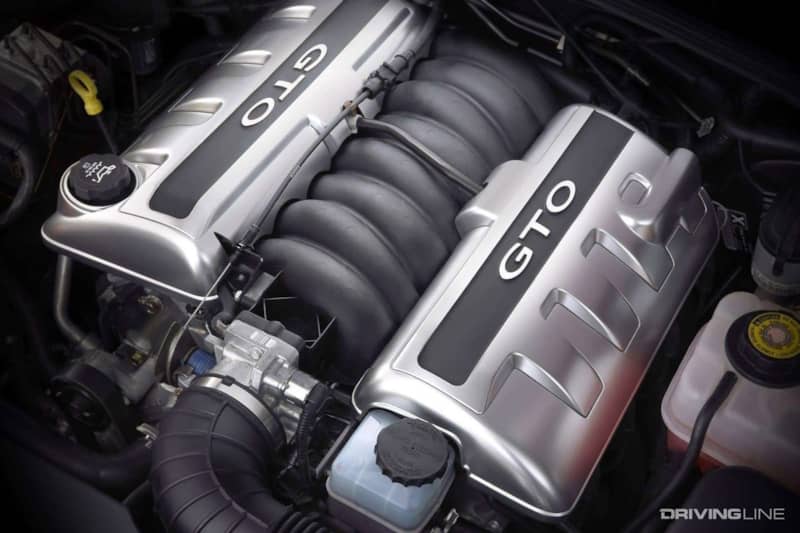
The GTO would go on to have a journey full of highs and lows over a period that spanned (not continuously) from 1964 until 2006. Here's a breakdown of some key highlights from each model year.
1964 Pontiac GTO
The original. All '64 GTOs were powered by a 389-cubic-inch V8 and could be had with an optional tri-power setup for a total of 348 horsepower. Transmissions were a standard three-speed manual, along with the more commonly ordered four-speed manual and a two-speed automatic. A convertible was also available.
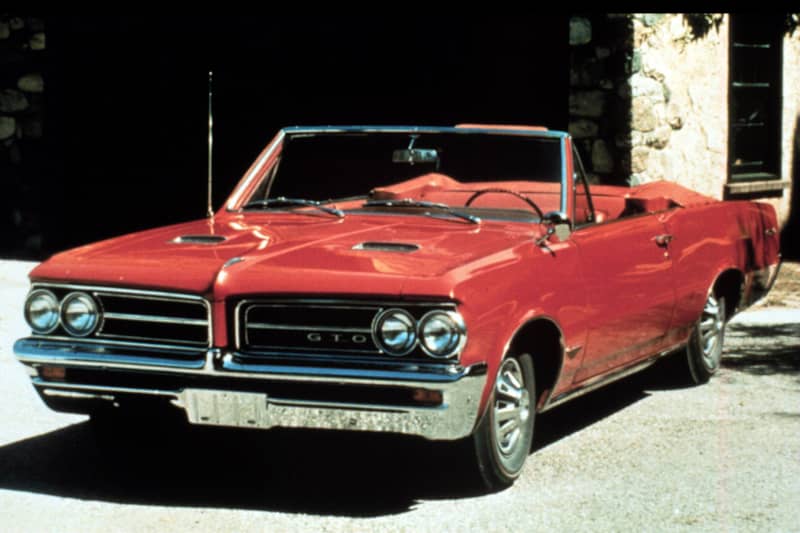
1965 Pontiac GTO
The overall body shape stays the same, but the GTO gets new styling with stacked headlamps, a new rear fascia and a new hood scoop — while both the standard and tri-power-equipped 389s get a horsepower bump.
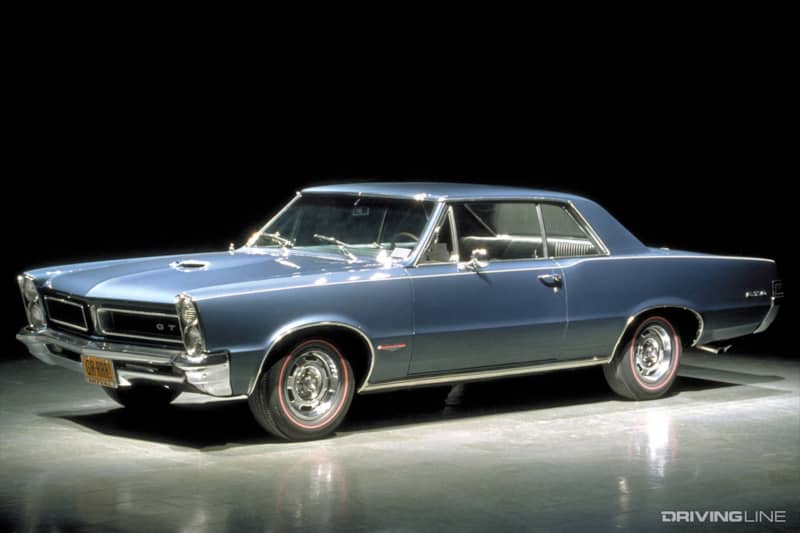
1966 Pontiac GTO
1966 was an important year for the GTO. The styling was all new, and not only did the car become its own model, separate from the Tempest line, '66 also saw the highest sales numbers for any year the GTO was produced.
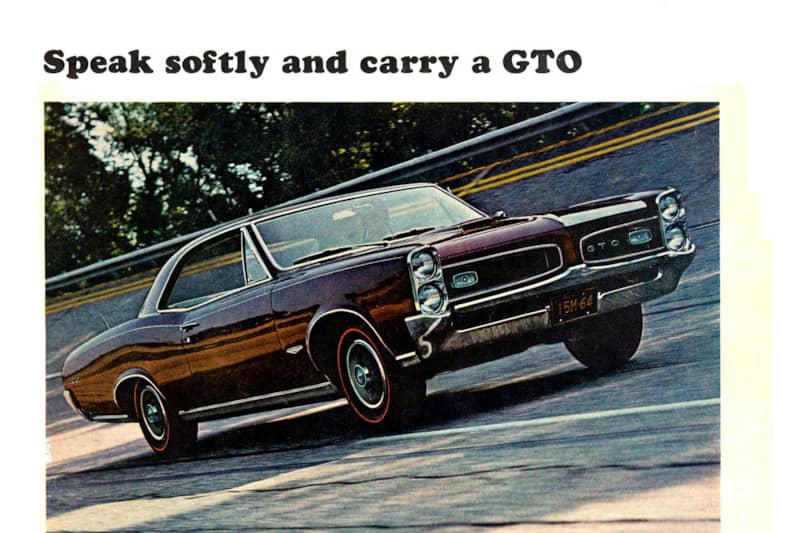
1967 Pontiac GTO
Only minor differences separate the exterior of the '66 and '67 GTO, but there were significant changes underneath. The 389 V8 increased in displacement to 400 cubic inches and, while the tri-power option was dropped, three different single carb versions were available, with the hottest producing 360 horsepower. The old two-speed automatic transmission was also replaced with a three-speed TH400.
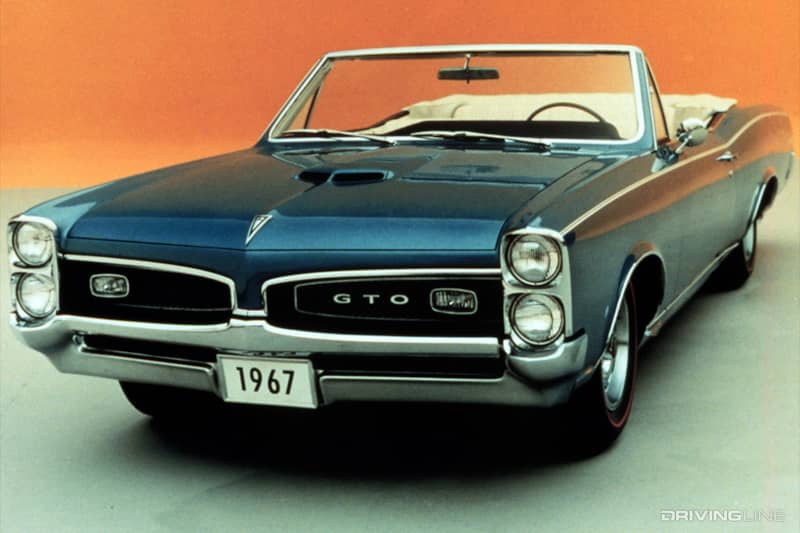
1968 Pontiac GTO
For the 1968 model year, the entire GM A-body platform got a complete redesign, and the GTO was no exception. With a sleek new shape that featured a body-colored Endura front bumper, the '68 GTO was awarded Motor Trend Car of the Year, with 1968 marking the second highest year ever for GTO sales.
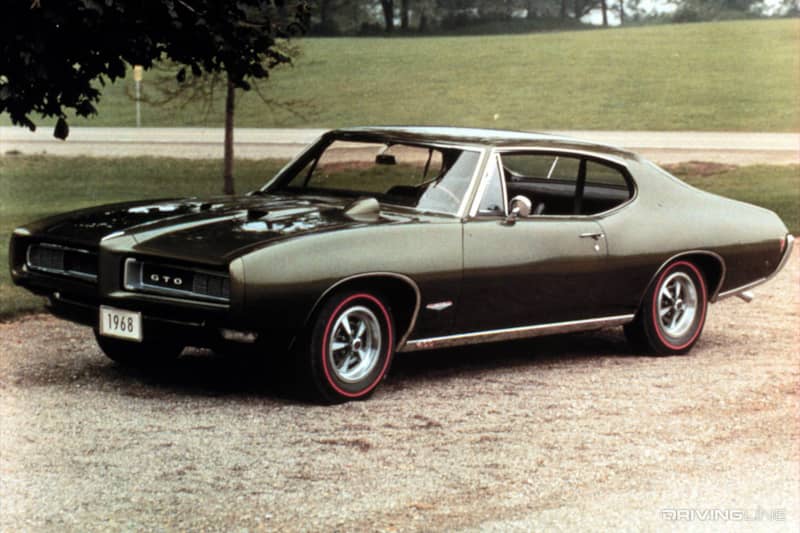
1969 Pontiac GTO
The big news in 1969 was the addition of the "The Judge," a special edition of the GTO that featured unique striping, a rear spoiler and other goodies to set it apart from the standard issue car. In terms of engines, the top-of-the-line Ram Air IV 400 was rated at 370 horsepower — although, that figure is said to be significantly underrated compared to its actual output.
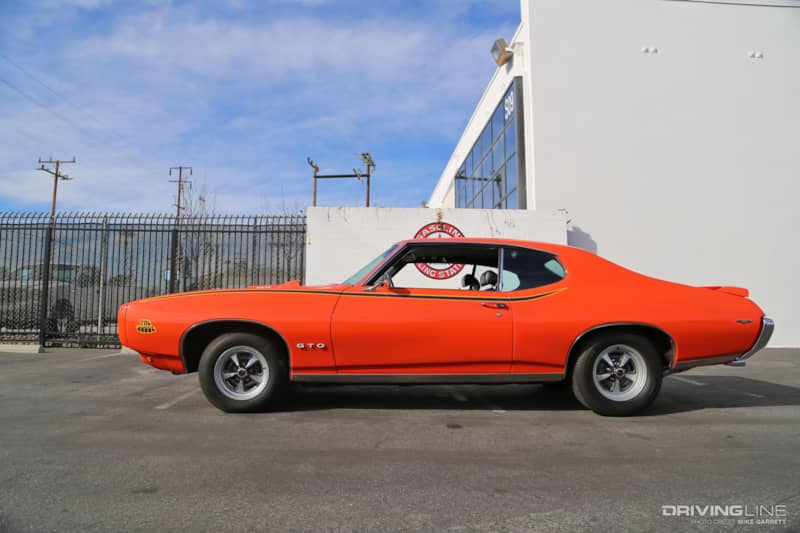
1970 Pontiac GTO
For 1970, the GTO saw significant styling changes with quad headlamps and more aggressive body lines. The Judge option continued, and the big change was the availability of a 455-cubic-inch engine that produced a staggering 500 foot-pounds of torque.
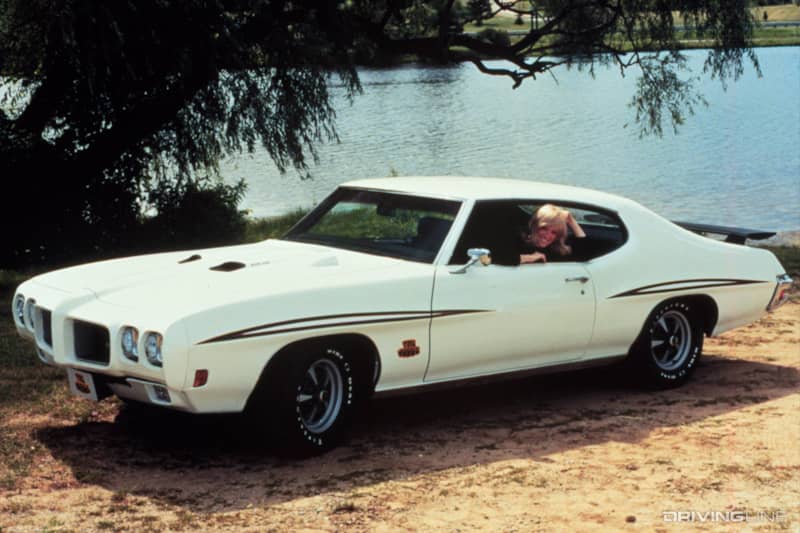
1971 Pontiac GTO
By the 1971 model year, the muscle car era had peaked due to increasing pressure from both insurance companies and environmental agencies. New styling included dual hood scoops directly over the front grilles, marking the final year of the Judge option.
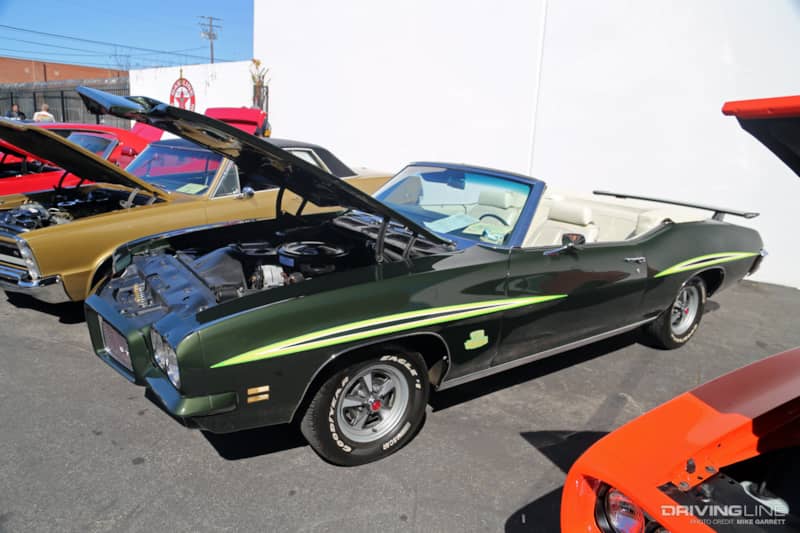
1972 Pontiac GTO
Cosmetically, a '72 GTO does not differ much from a '71; but this year, there were even more signs of a fading popularity of the muscle car. The GTO went back to being an option package rather than a standalone model, and the Judge was discontinued, as was the GTO convertible.

1973 Pontiac GTO
The GM A-body got a significant redesign with all-new styling for 1973, and the GTO continued as an option for the Pontiac Le Mans. A 400 was standard with an optional 455 still available, but both compression ratios and horsepower ratings had dropped significantly compared to a few years earlier.
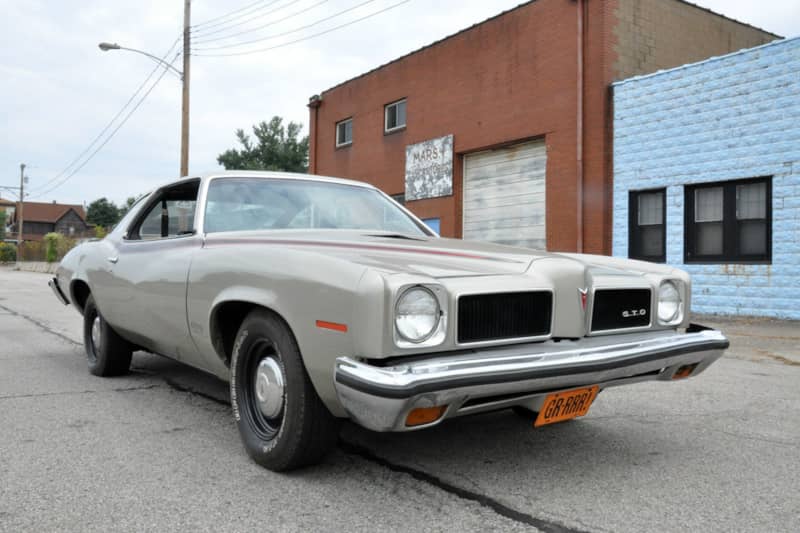
1974 Pontiac GTO
For 1974, the GTO moved on to the compact GM X-body platform, becoming an option package on the Pontiac Ventura, itself being a close relative of the Chevy Nova. The 400 and 455 were no more, with a 200 horsepower 350-cubic-inch V8 being the sole engine option. The car had become a shell of its former self, marking the end for the GTO's 10-year run as well as the end of the first muscle car era.
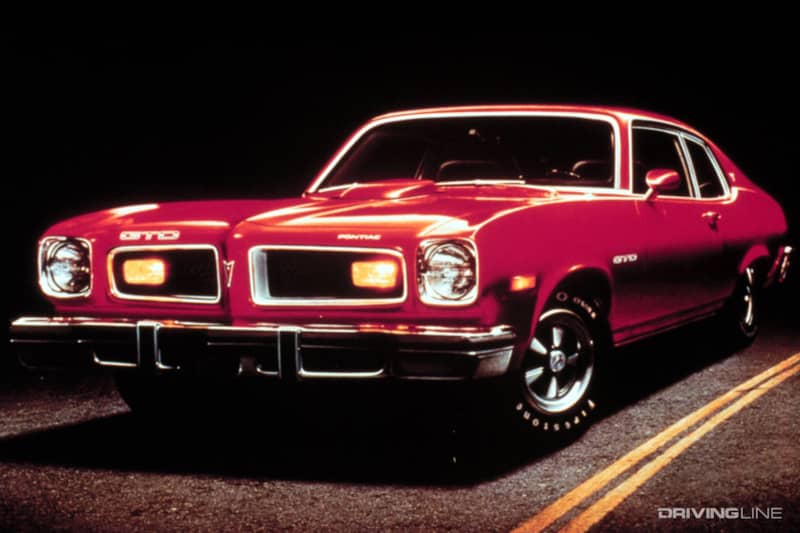
1999 Pontiac GTO
The Pontiac GTO made a reappearance in 1999, albeit as a concept car that was more design study, heavy on retro styling, than a preview of an actual production vehicle. Nonetheless, it got people thinking about a possible revival of the iconic vehicle.
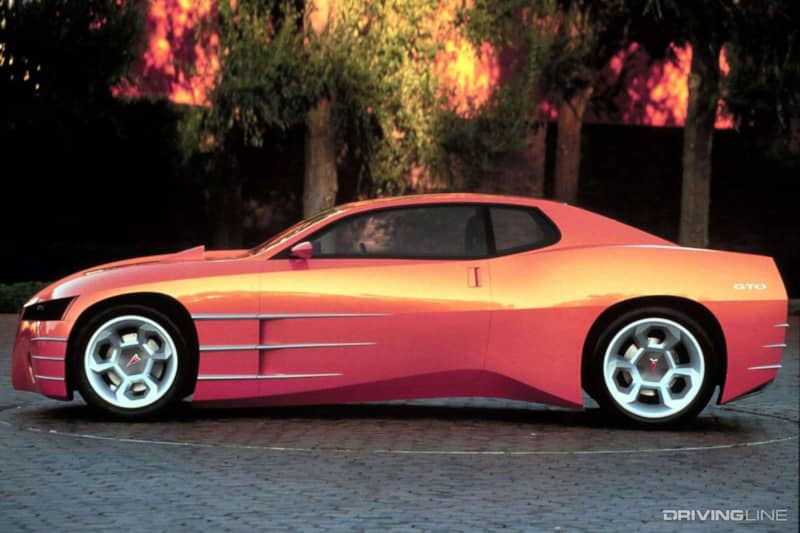
2004 Pontiac GTO
Low and behold, the Pontiac GTO did eventually return in 2004, this time as rebadged Holden Monaro imported from Australia. It packed independent rear suspension, a 350-horsepower LS1 V8 and a standard six-speed manual transmission. Reaction to the car was mixed. Some disliked the conservative styling, which stood in stark contrast to the retro-styled Ford Mustang, while others praised the car's excellent performance and comfort, along with fit and finish that was a cut above other GM products of the time.
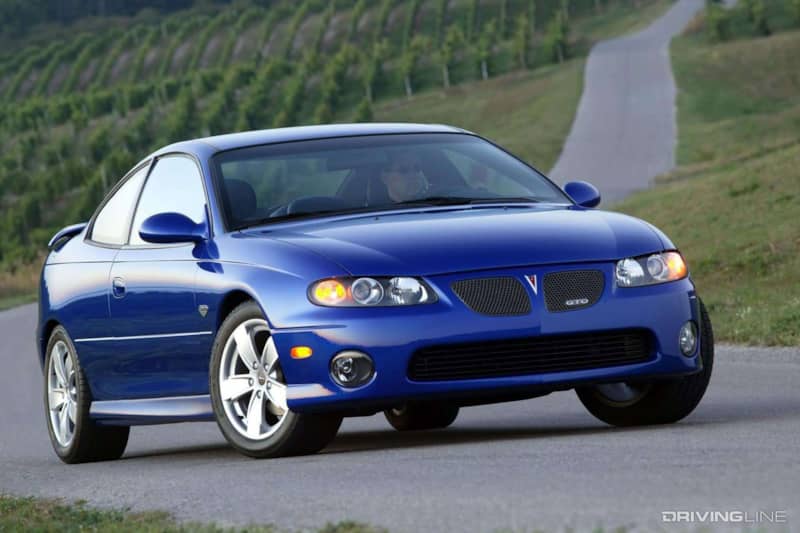
2005 Pontiac GTO
For 2005, the GTO got a few upgrades including a pair of hood scoops, dual exhaust outlets in the rear, bigger brakes and a larger LS2 V8 that made 400 horsepower. All of this improved upon the car's already impressive performance, while also giving it a dash of extra curb appeal.

2006 Pontiac GTO
The GTO continued into 2006 with minor changes, but with the end of Monaro production in Australia, this also marked the end of the Pontiac GTO's three-year revival. In 2009, General Motors decided to shut down the Pontiac brand as a result of the economic recession — and this meant there would never be another GTO produced.

It may be gone never to return, but the Pontiac GTO is a car that's rightfully deserving of a spot on the list of America's greatest automobiles. In its prime, it was a car that perfectly mixed performance, affordability and a sexy image. Without it, the history of the American muscle car would look a whole lot different.








